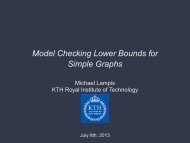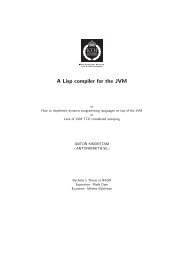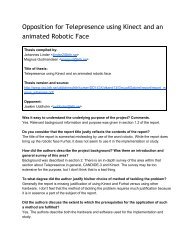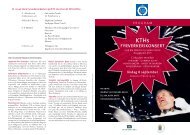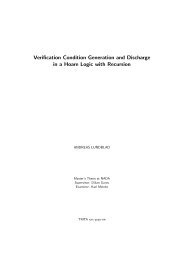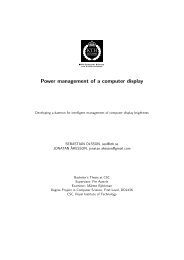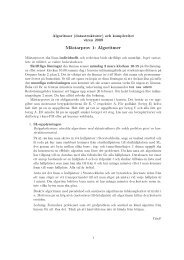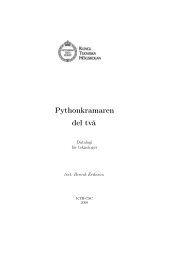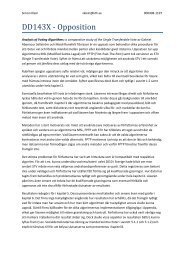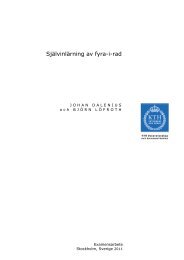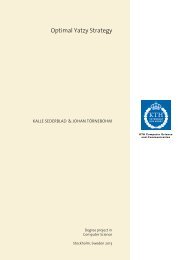Dr Faustus of Modern Physics - Department of Speech, Music and ...
Dr Faustus of Modern Physics - Department of Speech, Music and ...
Dr Faustus of Modern Physics - Department of Speech, Music and ...
You also want an ePaper? Increase the reach of your titles
YUMPU automatically turns print PDFs into web optimized ePapers that Google loves.
52.4. MANY-MIND VS MASTER-MIND 227<br />
• Many-Minds Relativity<br />
• Many-Minds Quantum Mechanics: Book<br />
• Many-Minds not Many-Worlds Quantum Mechanics<br />
The starting point is the following observation by Cunningham stated in The<br />
Structure <strong>of</strong> the Ether (Nature 76:222.):<br />
• The aether is in fact, not a medium with an objective reality, but a mental<br />
image which is only unique under certain limitations...Two frames<br />
<strong>of</strong> reference imply two aethers.<br />
However, Einstein’s bold dismissal <strong>of</strong> the aether as non-existing altogether,<br />
was more impressive than Cunningham’s more low-key multivalued manyminds<br />
aether. We present in the book Many-Minds Relativity evidence<br />
that Cunningham’s approach makes a lot <strong>of</strong> sense, while Einstein’s does not.<br />
Without some form <strong>of</strong> (non-material) aether, electromagnetic waves <strong>and</strong> light<br />
cannot propagate <strong>and</strong> thus cannot be subject to observation. And so there<br />
is light at the end <strong>of</strong> the tunnel...<br />
52.4 Many-Mind vs Master-Mind<br />
Einstein’s approach to relativity can be described as Master-Mind Relativity<br />
with the Master-Mind representing a Universal Observer without position<br />
<strong>and</strong> motion. Einstein seeks to captures this form <strong>of</strong> (inhuman) observer by his<br />
principle <strong>of</strong> invariance <strong>of</strong> physical laws asking the mathematical expression<br />
<strong>of</strong> a law to be the same in different coordinate systems. This was (<strong>and</strong> still is)<br />
a completely stunning principle which gave so strange results that scientists<br />
were asked to adopt a completely new concepetion <strong>of</strong> space <strong>and</strong> time as<br />
curved space -time as led to his invariance principle by the Michelson-Morley<br />
experiment indicating that the speed <strong>of</strong> light was independent <strong>of</strong> observer<br />
motion, that seemed to contradict the classical concept <strong>of</strong> space <strong>and</strong> time or<br />
classical space-time.<br />
But Cunningham <strong>and</strong> also the mathematician Poincare envisioned a different<br />
resolution <strong>of</strong> the Michelson-Morley paradox; which in fact is what is<br />
today adopted in the choice <strong>of</strong> length scale according to the 1983 st<strong>and</strong>ard,<br />
with length scale being lightsecond, the distance traveled by light in one



